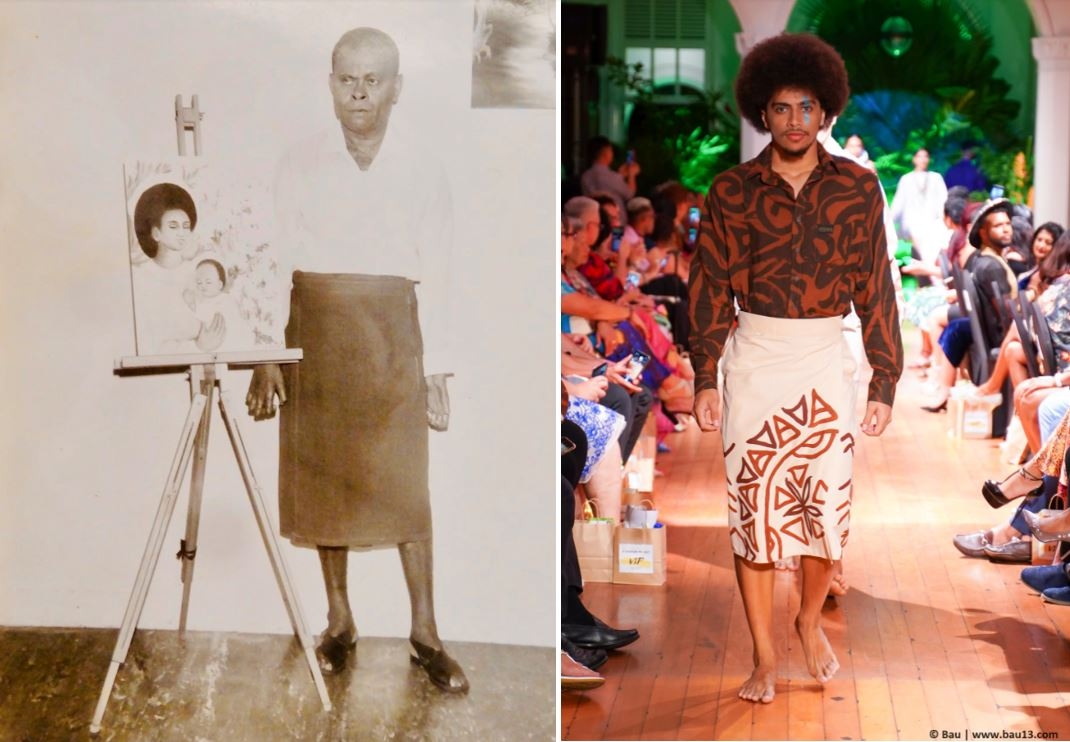The arts have clearly shaped Fiji’s trajectory these last 50 years but have the arts and our creative industries been afforded agency to flourish and continue their critical role in nation-building and nurturing? Have we as a nation done enough to protect and support it as an essential element of our society? The arts, regardless of its form, gives soul to our existence, encoding our identity and way of life, recording the present while nourishing our collective memory.
Historians estimate that the Fiji Islands were not peopled until some 3500 years ago. The ancestors of the Fijians were referred to as Lapita people, because of their distinctive pottery. Subsequent tracing and archaeological forays in Fiji have, without fail, revealed some of the most intricate and decorated pottery shards and jewellery.
In 1953, Paul Wingert wrote in Art of the South Pacific Islands: “Oceania art reveals a close relationship between form and content, so close in fact that some knowledge of its cultural background is necessary before it can be understood. It was indeed one of the basic facets of their culture and was closely interrelated with their social customs, religious beliefs and economic practices”.
Creativity in our nation-building decades
There is purpose in our creations. Artisans borrow from a collective memory which they themselves then enrich with their own transfer of knowledge and skills. Our chants and dance, our taboos and even in traditional sports: learning and knowledge transfer was key to our survival. Implicit in creations are beneficiaries, for whom the use of a bowl or a mat with distinct design, speaks of a moment in a personal journey or of an extension of important relationships.
Our creations are of great value, our wealth, iyau, albeit opposed to the largely held views of the arts as aesthetics or simply decorative. The arts regardless of form, is fundamentally a story, it gives voice to life experiences and are indicators of intent, in politics or in the personal. The creative industry gave and continues to give voice to the imagination. It interprets life, living, people and situations. Our creative industry records our present, with all its angst and joy: without it, we lose our stories and much more.
To read the full story, login to your account or subscribe today.
